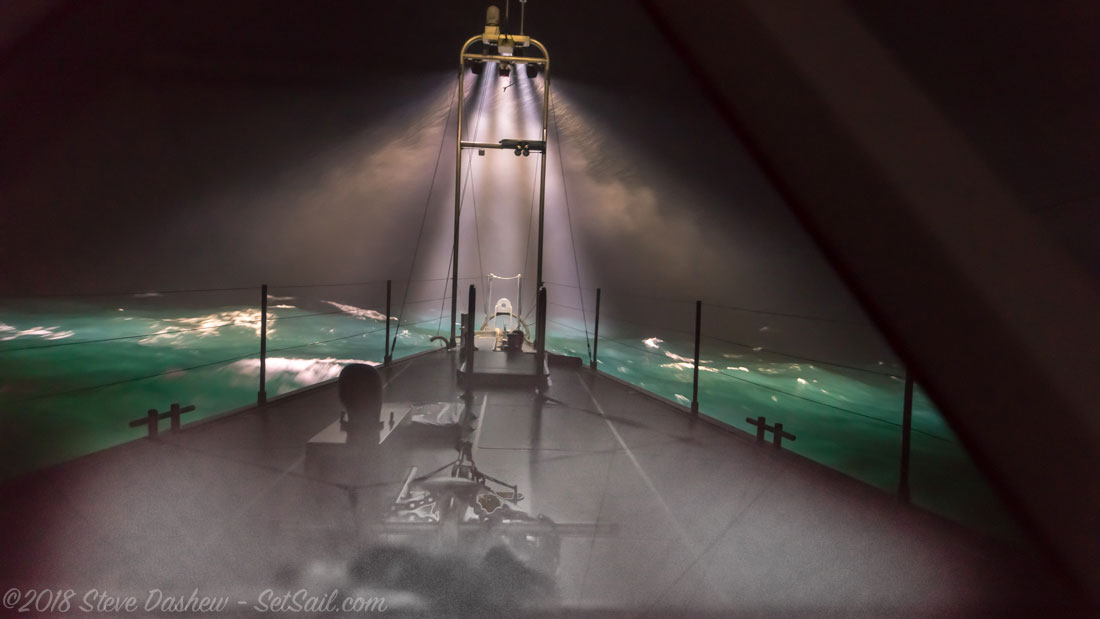JD Ray
Senior Member
- Joined
- Apr 6, 2020
- Messages
- 188
- Location
- USA
- Vessel Name
- GOML
- Vessel Make
- 1978 Fiberform Bermuda 2400
In preparing to install my new Garmin chartplotter, which came with a transducer, I looked into what other things that could be connected to it. One of the options is a forward-looking sonar (the transducer alone is $1500, so certainly something for a later date, if at all). I was momentarily excited by the idea, because the PNW waters are rife with floating hazards, particularly driftwood. But the manual says it provides a forward look at angles between 20 degrees and 90 degrees. The 90-degree part pairs nicely with the standard downward-looking, aft-mounted transducer, but a big gap exists in the 0-20 degree forward-looking range (that's 20 degrees if you are looking at the boat from the side), right where logs and other flotsam lurks.
What technologies, if any, help spot material in the water in that 0-20 degree gap? Sure, your eyes will be your best tools, but there's a lot of junk floating out there just sub-surface, and it seems like having a bit of a crutch might be really useful.
What technologies, if any, help spot material in the water in that 0-20 degree gap? Sure, your eyes will be your best tools, but there's a lot of junk floating out there just sub-surface, and it seems like having a bit of a crutch might be really useful.


